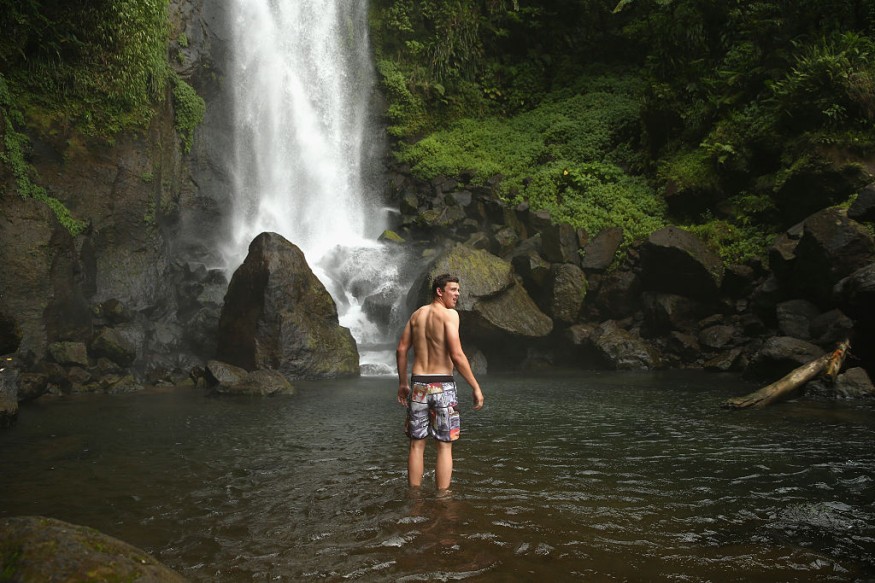Dominica: The Beautiful Caribbean Island Country With Indigenous, European, and African Influences

Dominica may be a small country in the Caribbean, but it has a rich history and vibrant culture full of influences from all over the world. Christopher Columbus named the island Dominica, and it has been known by that name ever since.
Like all the other countries in the Caribbean, Dominica was colonized by European powers, particularly England and France, which made their influences known in the architecture in some of the places here.
Discover Dominica describes the country as a vibrant tapestry of European and African cultures. However, it is proud of its indigenous people as it also has the Caribbean's only remaining population of pre-Columbian Carib Indians, who are more known as the Kalinago.
Variety of Cultural Influences That Make Dominica Unique
Because of its name, Dominica is often confused with the Dominican Republic, which is nearer to Haiti and Puerto Rico than it is to Dominica. However, the country does stand out.
According to iExplore, it was first discovered by Columbus and the Spanish, but its culture is mainly influenced by the Caribs, the French, the British, and the Africans. It is noted that the African aspects of the island's culture were brought by slaves from the Atlantic slave trade.
However, the Spanish influence is still strong. A majority of Dominicans are Roman Catholic. Its most notable festival, Carnivale, is also done before Lent begins during Ash Wednesday.
As for its music, it is quite vibrant, embracing reggae and calypso. The country is also majorly Creole, as evident in the clothing style called jupe, which Dominicans usually wear on special occasions. West African and French clothing influences are also very evident here, though according to Virtual Dominica, its most traditional dress is the madras, a multifaceted dress.
As for its history, Dominica did not just host Christopher Columbus but also Captain John Smith of Pocahontas fame, as he stopped in Portsmouth on the way to Jamestown. While the island was very peaceful, it was a point of contention between the French and the English, who both called dibs on the island.
The Carib people managed to claim the island from both powers, but the French took it from 1720 to 1759. The British were able to take it back in 1759, and it was fully assimilated into the British Empire before gaining its independence in 1978.
Dominica's People
The Caribs, or the Kalinago, currently inhabit a 3,700-acre territory or reserve on the island's eastern coast. They migrated to the area from South America as early as 3,000 B.C., with various tribes making Dominica their home. T
heir numbers dwindled during the European colonization, though approximately 2,145 still inhabited the island. The descendants of former African slaves still live on the island, as are other people.
READ MORE : Caribbean Pirates Sentenced to Death in Guyana
This article is owned by Latin Post.
Written by: Rick Martin
WATCH: Geography Now! Dominica - From Geography Now
Subscribe to Latin Post!
Sign up for our free newsletter for the Latest coverage!

















